Brambles And Orange Rust: How To Recognize Orange Rust In Brambles
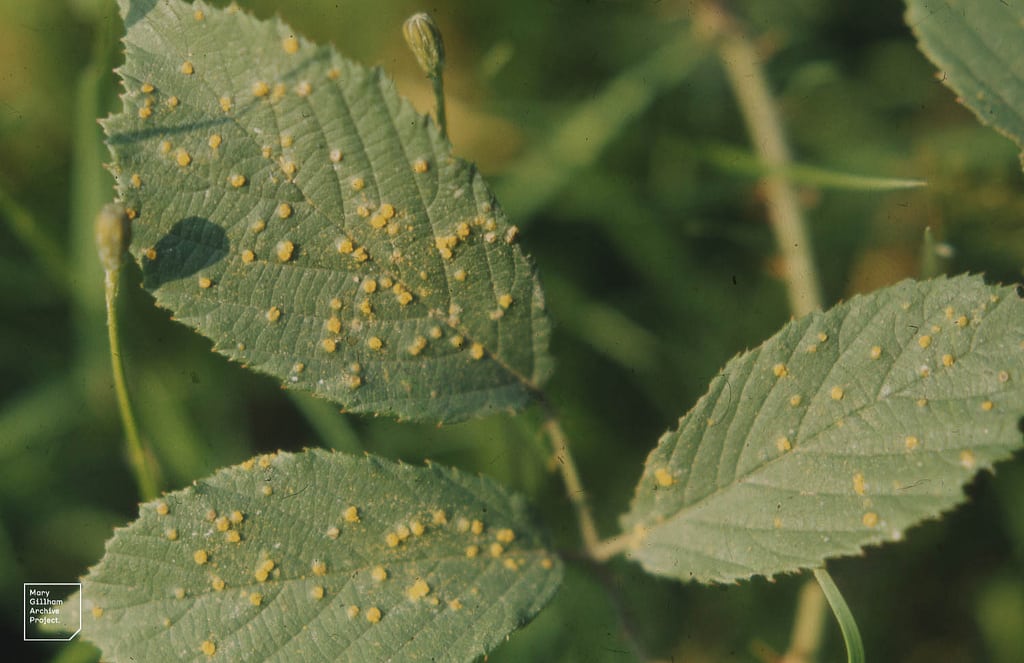

Orange rust is a very serious disease that can infect most types of brambles. If you see symptoms, you should take action right away, as the disease will stay for the rest of the plant’s life and spread to infect neighboring plants. Keep reading to learn more about detecting orange rust in brambles and treating brambles with orange rust disease.
What is Orange Bramble Rust?
Orange rust is a disease that can infect blackberries, black and purple raspberries, and dewberries. Red raspberries are immune. The disease is caused by two different species of fungus. One, Arthuriomyces peckianus, is more common in the northeastern U.S. and affects all the types of brambles listed above. The other, Gymnoconia nitens, is more common in the southern U.S. and mostly affects blackberries. Orange rust infection relies on very wet, relatively cool conditions. Temperatures have to be between 43 and 72 degrees F. (6-22 C.), and 12 rainy or wet days in a row are ideal. These conditions almost always occur during the spring and autumn, so those are the seasons to look out for symptoms. First, new growth comes in spindly and stunted. Next comes the most obvious sign of infection – the appearance of bright orange blisters covering the undersides of the leaves. This is how the disease gets its name. As temperatures rise, the plant may seem to “get over” the infection. It’s still there, though, and will spread to other plants if not stopped.
How to Manage Orange Rust in Brambles
Unfortunately, there is no way to cure brambles with orange rust. Once a plant becomes infected, it stays infected for the rest of its life. It will continue to live for several years, producing less and less fruit, while it spreads the fungus to its neighbors. Due to this, it is important to remove and destroy any plants that show symptoms. In the spring, especially if it is cool and wet, look through your bramble patch for signs of the disease. Remove any infected plants, and spray the remaining plants with fungicide. If you have had orange rust infections in the past, look again the autumn for symptoms on buds and newly emerging shoots.
Gardening tips, videos, info and more delivered right to your inbox!
Sign up for the Gardening Know How newsletter today and receive a free copy of our e-book "How to Grow Delicious Tomatoes".

The only child of a horticulturist and an English teacher, Liz Baessler was destined to become a gardening editor. She has been with Gardening Know how since 2015, and a Senior Editor since 2020. She holds a BA in English from Brandeis University and an MA in English from the University of Geneva, Switzerland. After years of gardening in containers and community garden plots, she finally has a backyard of her own, which she is systematically filling with vegetables and flowers.
-
 Never Plant Seedlings Until They Pass These 3 Simple Tests
Never Plant Seedlings Until They Pass These 3 Simple TestsDon't be over-eager to transplant seedlings into the garden before they are ready. These quick and easy checks will help ensure flourishing plants.
By Mary Ellen Ellis
-
 Grow ‘Karl Rosenfield’ Peony Plants For The Ultimate Frilly Border Beauties And Cut Flowers
Grow ‘Karl Rosenfield’ Peony Plants For The Ultimate Frilly Border Beauties And Cut FlowersFor frilly double magenta peony petals infused with a heady fragrance, grow ‘Karl Rosenfield’ peony plants. Here’s how to cultivate the ultimate plushy blooms
By Tonya Barnett
-
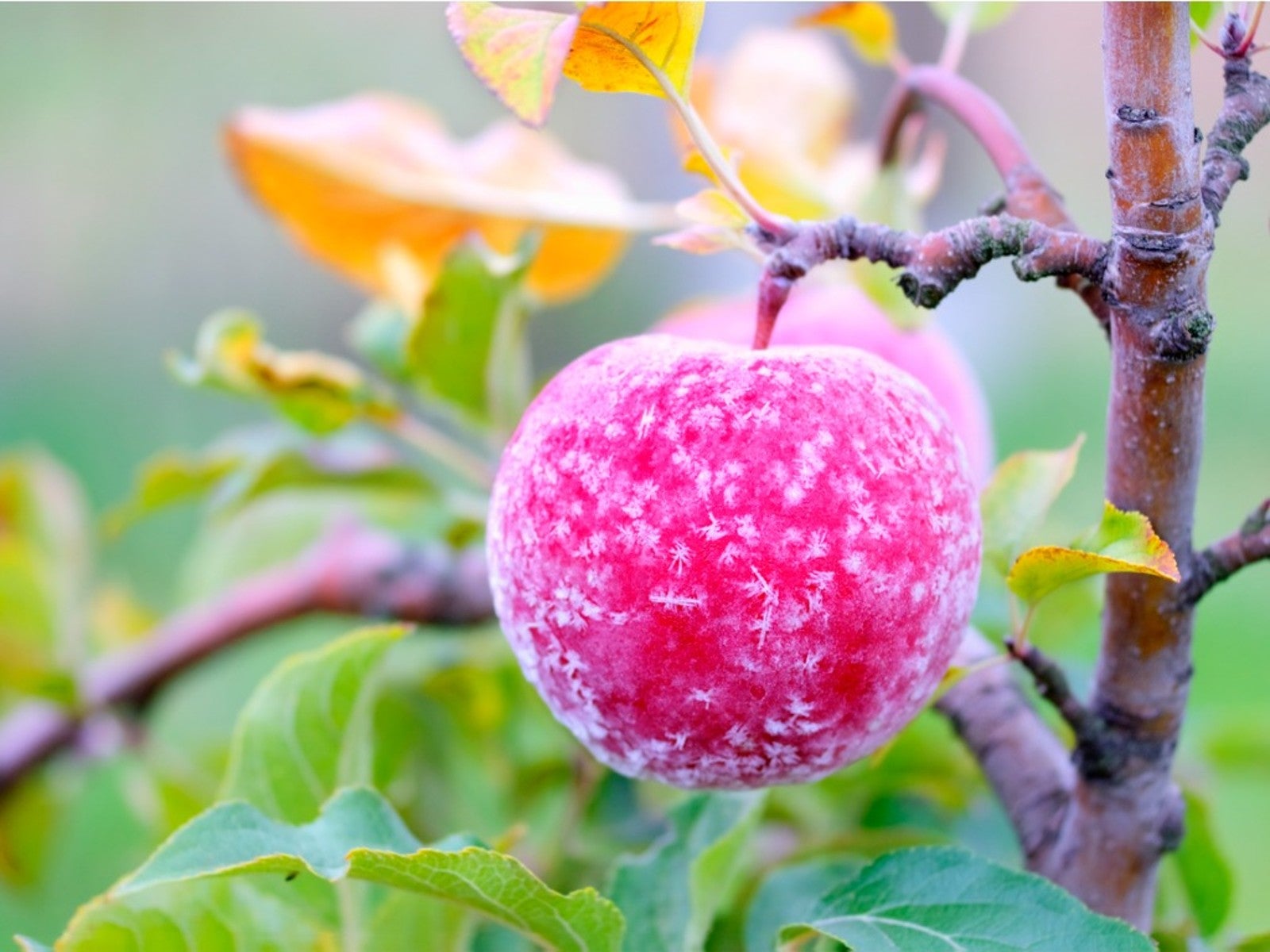 How To Protect Fruit Trees From Frost And Freeze
How To Protect Fruit Trees From Frost And FreezeChoosing fruit trees appropriate for your growing zone is best, but you still may need to protect them from extreme cold. Read how.
By Bonnie L. Grant
-
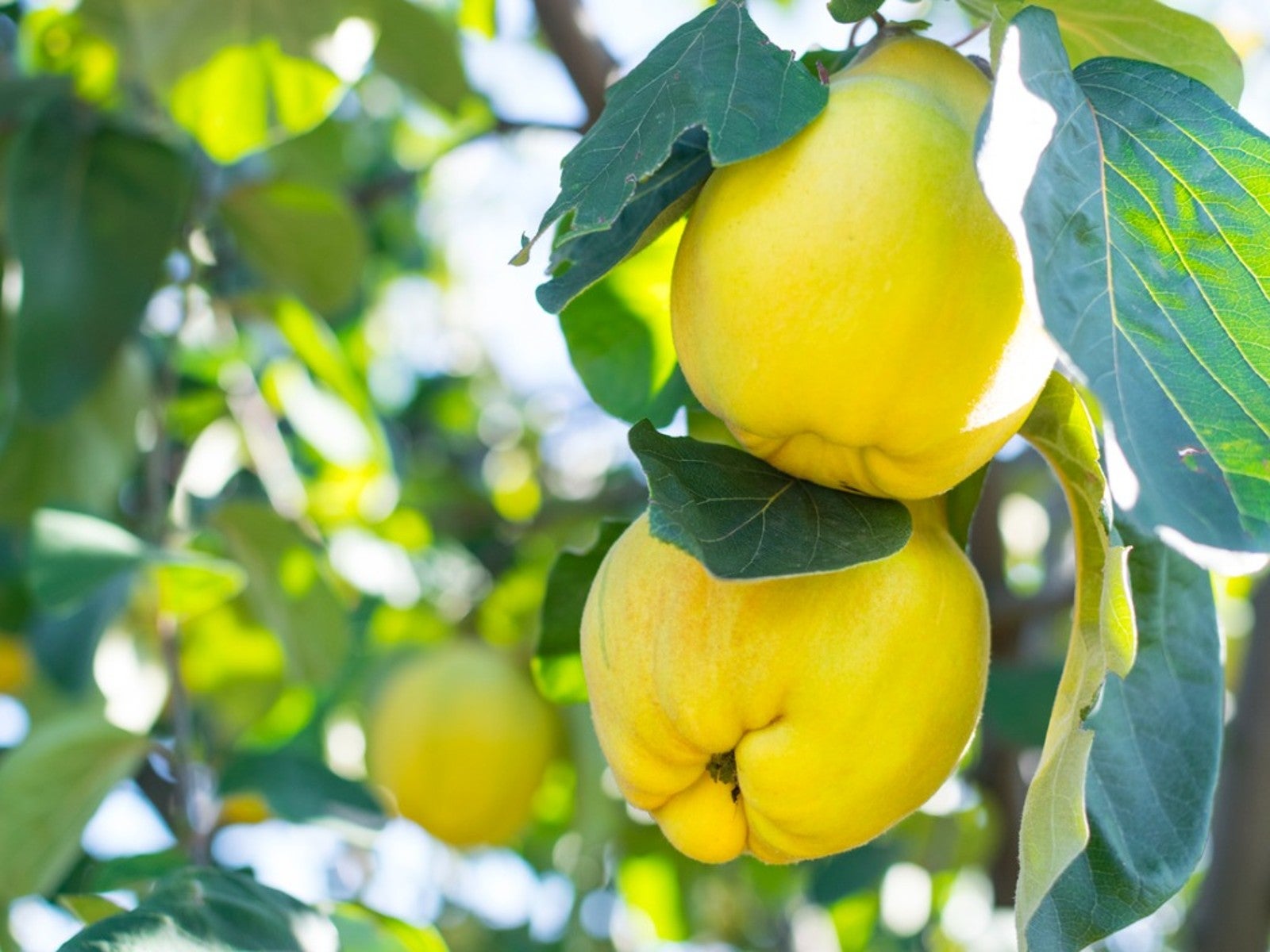 Best Plants For Late Summer and Fall Fruit Harvest
Best Plants For Late Summer and Fall Fruit HarvestEven if you don’t have the optimal conditions for more common fruit trees, there are other end of summer fruits to enjoy.
By Teo Spengler
-
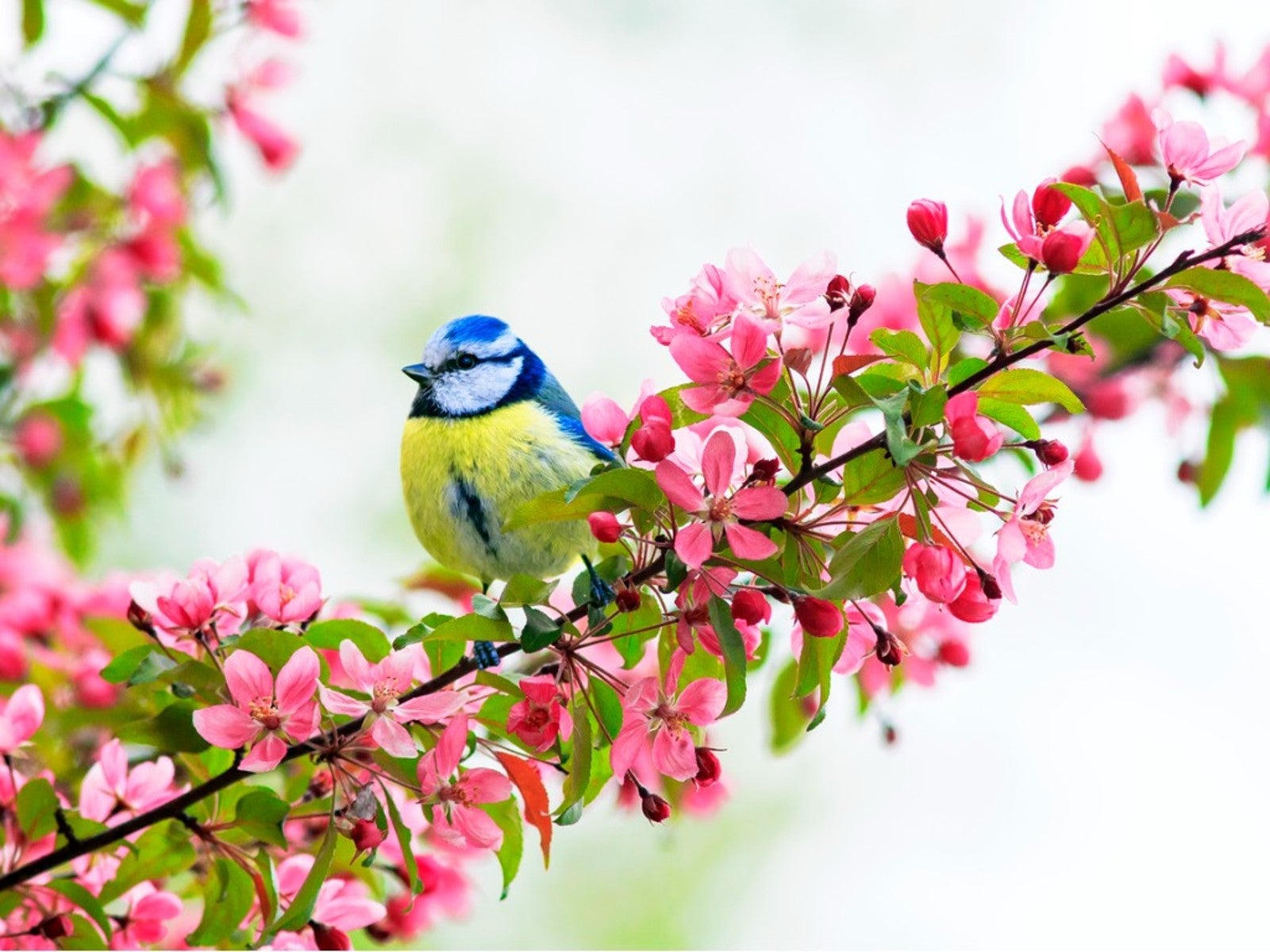 Best Native Fruit Trees To Support Wildlife
Best Native Fruit Trees To Support WildlifeIf you want trees that will attract and feed wildlife, learn the best kinds of edible fruit and nut trees to plant for inviting specific creatures.
By Teo Spengler
-
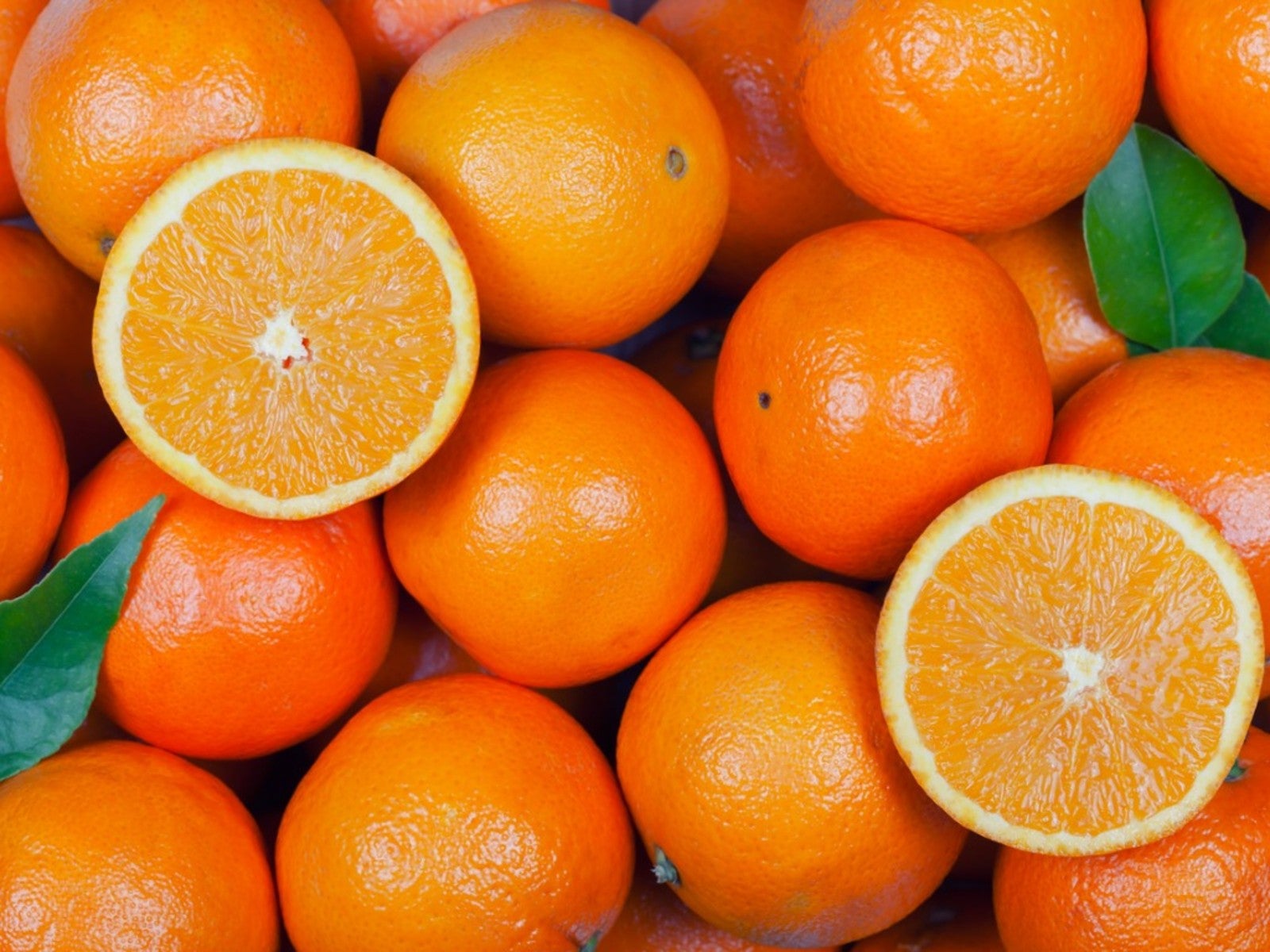 Orange Fruit Varieties: Growing Fruits That Are Orange
Orange Fruit Varieties: Growing Fruits That Are OrangeOrange colored fruit isn’t limited to the citrus orange. There are plenty of other orange colored fruit varieties, each packing a healthful punch. Read on for more.
By Amy Grant
-
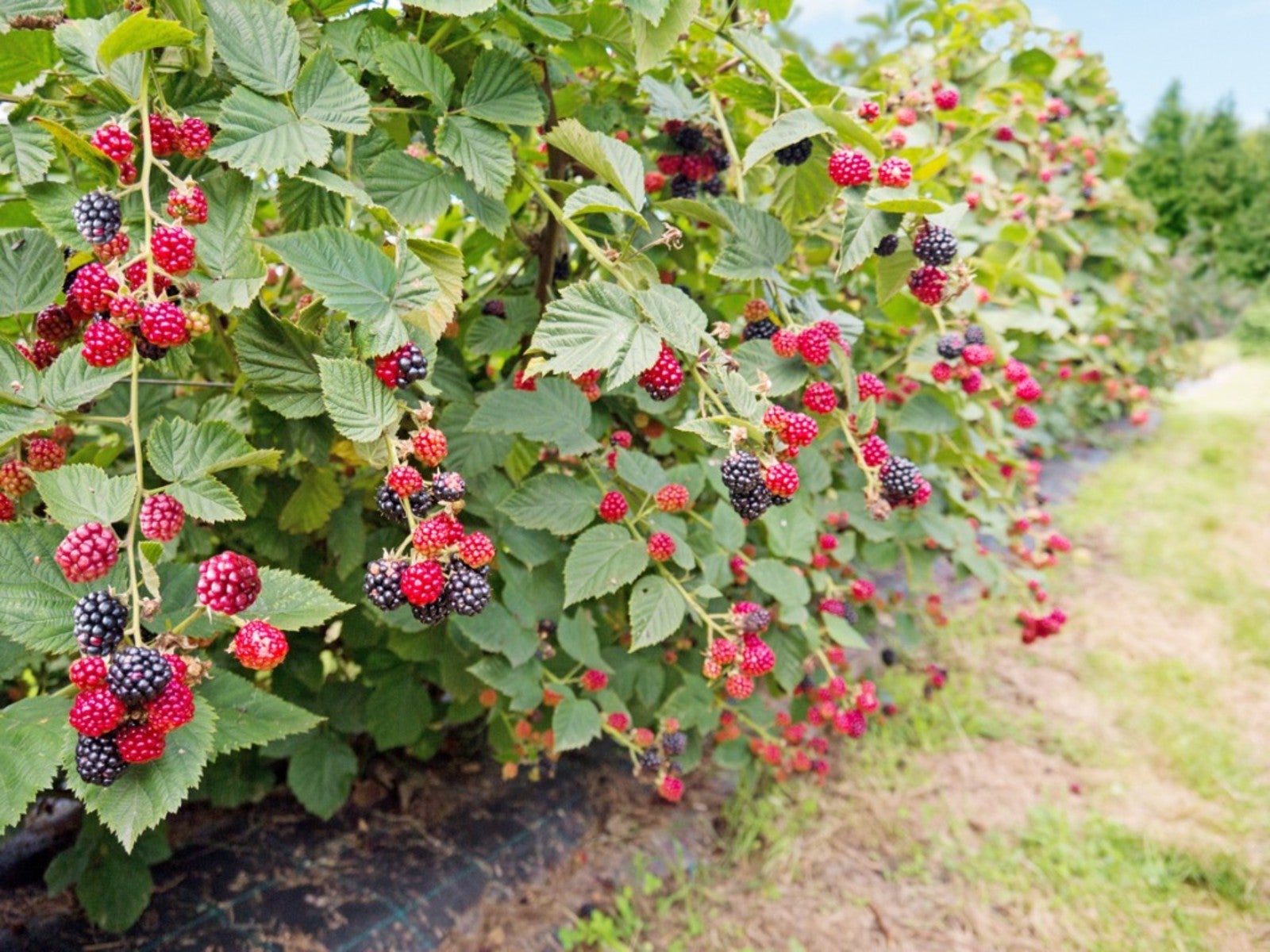 Everbearing Plants: Learn About Everbearing Varieties Of Fruit
Everbearing Plants: Learn About Everbearing Varieties Of FruitWhat does everbearing mean? And more importantly, how do everbearing varieties differ from non-everbearing types? Read on for more.
By Laura Miller
-
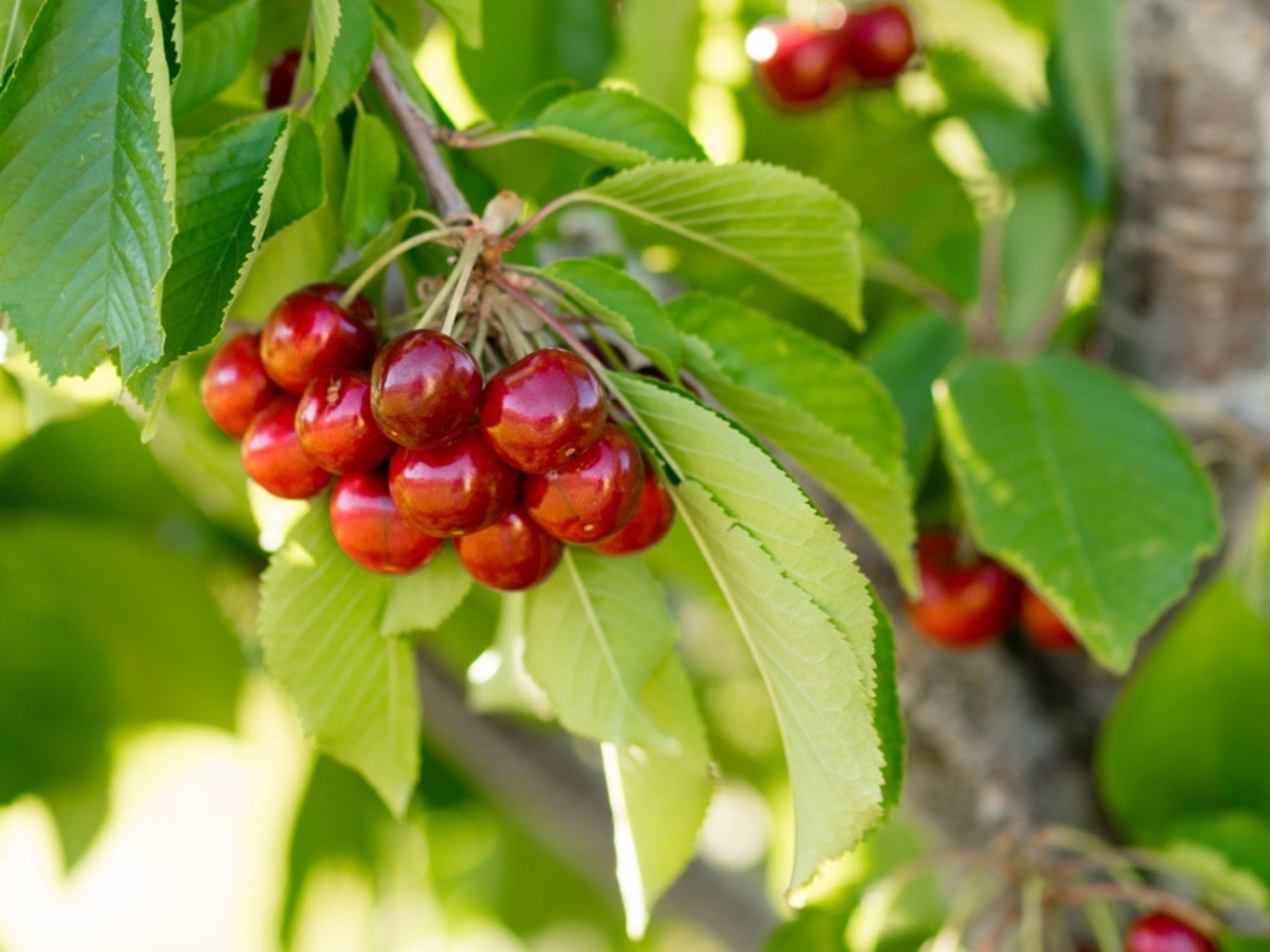 Plant A Red Fruit Garden: Growing Fruits With Red Flesh
Plant A Red Fruit Garden: Growing Fruits With Red FleshPlanting a red fruit garden may seem a bit whimsical. That is, until you realize the health benefits of consuming fruits with red flesh.
By Laura Miller
-
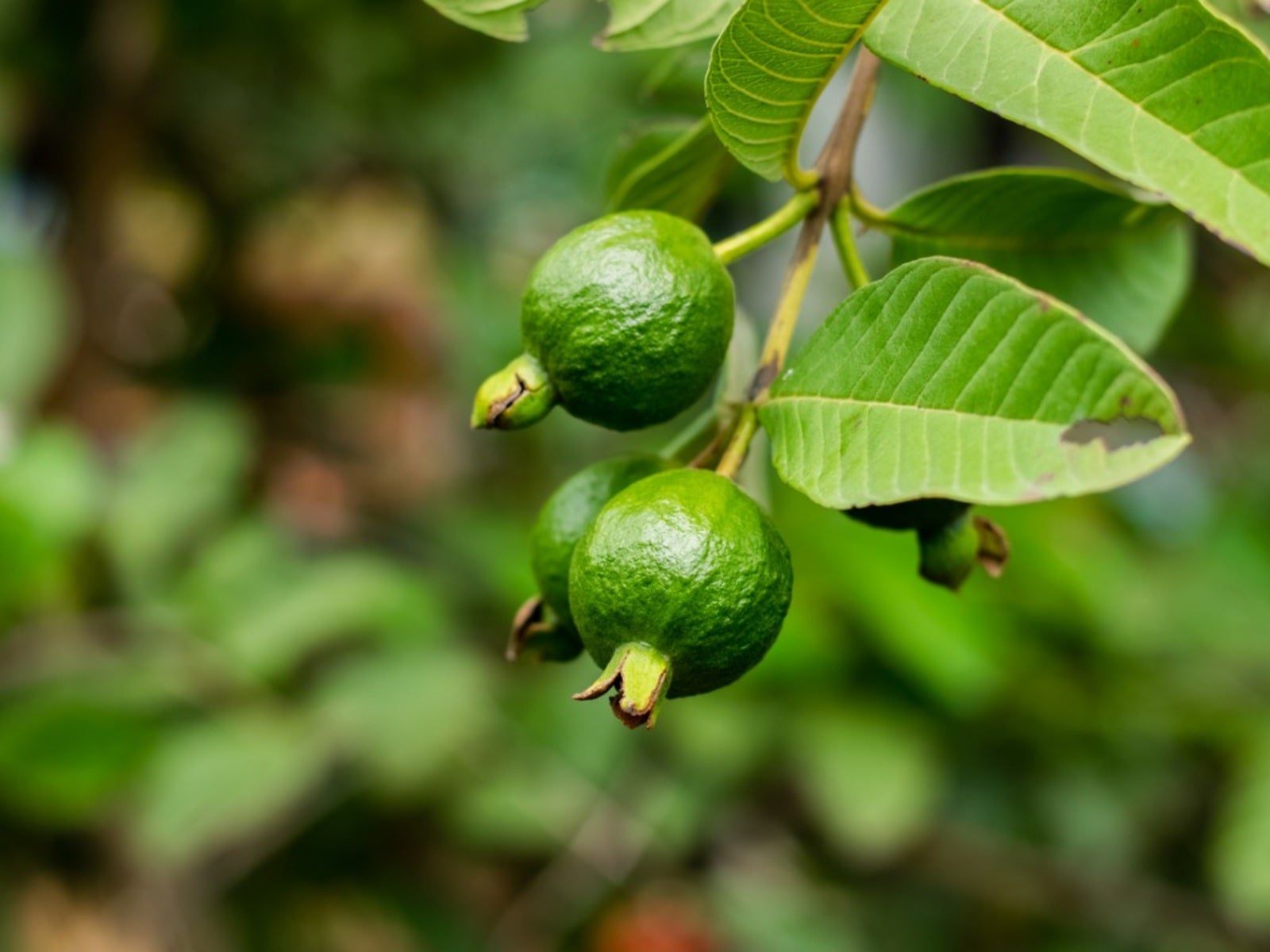 Heat Tolerant Fruits - Growing Fruit In Hot Weather
Heat Tolerant Fruits - Growing Fruit In Hot WeatherSome fruit grows in extreme heat naturally. But there are also specially cultivated, heat-tolerant varieties. For more information on heat tolerant fruits, read on.
By Teo Spengler
-
 Yellow Fruit Varieties - Growing Fruit That Is Yellow
Yellow Fruit Varieties - Growing Fruit That Is YellowWhat fruit is yellow? There's more than the bananas at the supermarket. Try growing yellow fruit for a consistent supply of sunny food.
By Bonnie L. Grant